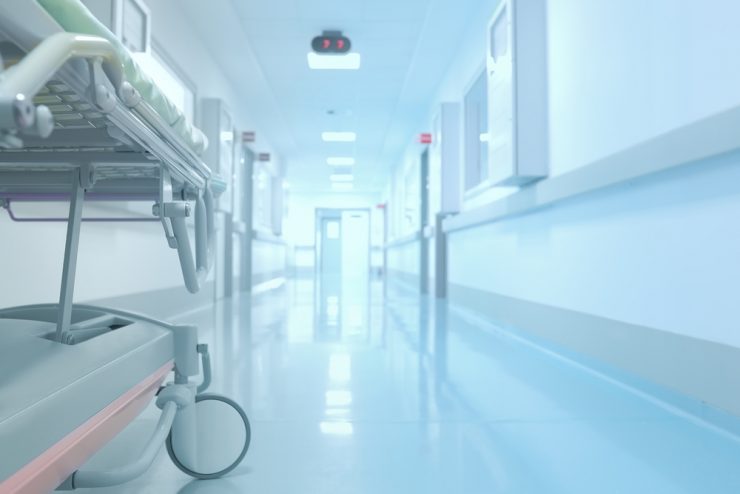Causes:
This condition is also known as wear and tear arthritis, but this term is not accurate. As this is a gradual restoring procedure that the body utilises to restore joints that have detoriated over a period of time. More often this procedure is negligent as the symptoms are not felt, until there is an injury through which you get to know. This condition generally occurs when there is an injury caused to the cartilage which makes movement of the joints smooth. So when the cartilage gets uneven and worn out the bones of the affected area gets wider and bulkier. In turn the joints turn out to get twisty and the bones tend to jut out forming bony bulges. This in turn causes the joints to become painful, stiff and inflexible and there also might be a development of a fluid in the joints which would in turn make them swollen.
It can also build up in joints that have had an injury or surgery earlier. It can be due to over usage of the specific joint when it has not recuperated well after an injury and even this can lead to osteoarthritis later on in life. There is another form of arthritis that is caused by the immune system of the body which is known as Rheumatoid arthritis.
Osteoarthritis can also be a result of obesity as it strains the joints due to the weight of the body specifically the hips and the knees.
Osteoarthritis can also be heriditary but the genes which carry on this condition are not yet known scientifically.
Diagnosis:
There are no specific tests or scans to gauge this condition, generally the physician would ask for the symptoms and conduct an examination on the joints. The physician would suspect the condition if the following are valid that is if there is constant pain in the joint and worsens with movement, or age of the person suffering would be above 45, or there is inflexibility in the joints especially in the mornings.
Treatment:
Osteoarthritis is incurable but can be treated to reduce the severity of the condition. If the condition is moderate or mild no treatment is required but if it is severe treatment is essential. There are various treatments for this condition, such as
Osteotomy that is a knee replacement surgery in case you suffer osteoarthritis in the knees.
Arthroplasty is a joint replacement therapy where the affected area is replaced with an artificial joint, especially in knee joints and hips.
Use of Opioids, paracetamols, analgesics and NSAIDs that is Non- steroidal anti- inflammatory prescribed by the physician. Even Capsaicin creams to be applied to reduce the pain.
Intra- articular injections are also given if none of the pain killers or creams helps in reducing the pain. If even this does not help then the next step would be TENS that is transcutaneous electrical nerve stimulation which is a treatment with the use of a machine to reduce the pain.
Then there is also thermotherapy in which there is use of humid and cold temperatures to reduce the pain.
Next comes manual therapy which is done by a physiotherapist it is also called physiotherapy.
Lastly if none of the treatments help surgery is advised if the case is very severe.
Complications:
This condition has various complications such as disability, septic arthritis, having problems at work due to inflexibility, reduced mobility and so on.
Prevention:
It is impossible to prevent osteoarthritis completely but the risk can be reduced by taking a few measures, like keeping the muscles strong by balanced exercises, reduction in body weight and maintaining it and lastly taking good care of the joints especially the joints in the hands, hips and the knees.
Osteoarthritis II

Let us know if you liked the post. That’s the only way we can improve.











